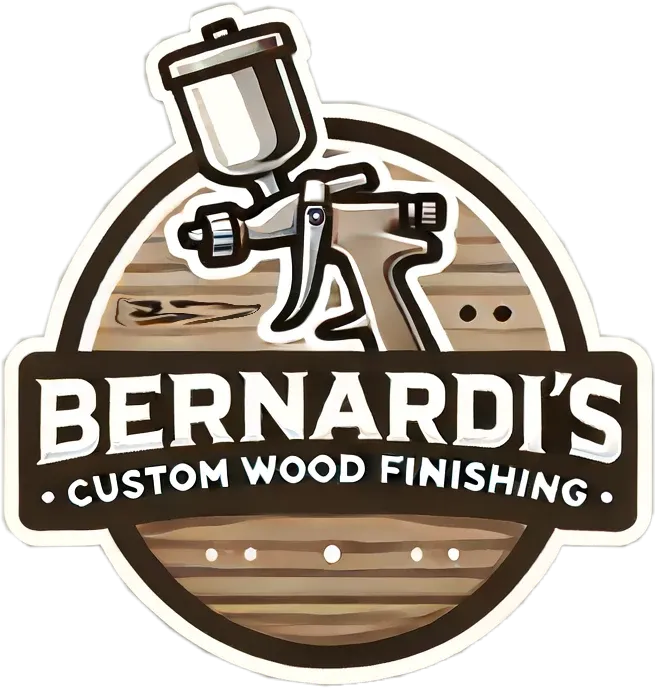707-836-8874
What is Laser Cleaning?
History
Laser cleaning was first conceived in the 1970s. At the time, it was a promising idea but remained largely theoretical due to the nascent and costly nature of laser sources. Consequently, its application was limited to a few university laboratories. However, significant advancements in laser technology in recent years have revolutionized this field. The cost of laser sources has decreased, their power has increased, and control over laser pulses has improved, paving the way for commercially viable applications.
Basic principle
We typically think of a laser beam as a thin red light from a laser pointer. However, laser beams can be of different colors or even at light frequencies invisible to the human eye. This type of "invisible" laser is used for laser cleaning.
In laser cleaning, the laser beam's power is much higher, often exceeding 1000W. While this may not seem like a lot, the power is concentrated on a very small area, resulting in a very high energy density. This small point of light causes rapid heating of the material. As a result, you can bring metal to its melting point or even cause it to evaporate almost instantly. This principle is similar to how laser cutters operate: they vaporize the material, allowing them to cut through several centimeters of steel as if it were butter.
Laser cleaning, however, is more challenging because it aims to remove a layer on top of another material without damaging or affecting the underlying material. So, how do we achieve this?
Pulses
The pollution layer usually has a different evaporation temperature than the underlying layer. By carefully choosing our settings, we can evaporate the top layer without damaging the underlying one. This is the fundamental principle of laser cleaning, but we take it a step further.
In laser cleaning, we use a pulsating laser beam instead of a continuous one, as used in laser cutting. This pulsing concentrates the power even more, resulting in quicker heating of the contaminated layer. Consequently, we can clean large surfaces in a short time.
A third advantage is that the laser beam can penetrate the contaminated layer but reflects off the underlying layer. This reflection prevents significant heating of the underlying layer while illuminating the pollution from below, resulting in double heating.
The beauty of this cleaning method is its precision. We can distinguish between the pollution and the underlying layer at a molecular level, achieving nearly perfect cleaning. There's also a fourth effect: the connection between the contaminated and underlying layers breaks due to rapid heating. While most particles evaporate, larger flakes and chunks easily separate and can be vacuumed up effortlessly. This makes laser cleaning effective not only for thin layers of contamination or oxidation but also for thicker layers.
By experimenting with power, pulse length, beam path, and other parameters, we can optimize the removal of rust, oxidation, paint, coating, and more from most metals, stone, and even wood surfaces. Seeing is believing, Contact Us Today to get a look at how its done!

© 2024 All Rights Reserved | Bernardi's Custom Wood Finishing, Inc.
Follow Us

Quick links
HOME
ABout
Gallery
Contact
Follow Us
© 2024 All Rights Reserved | Bernardi's Custom Wood Finishing, Inc.